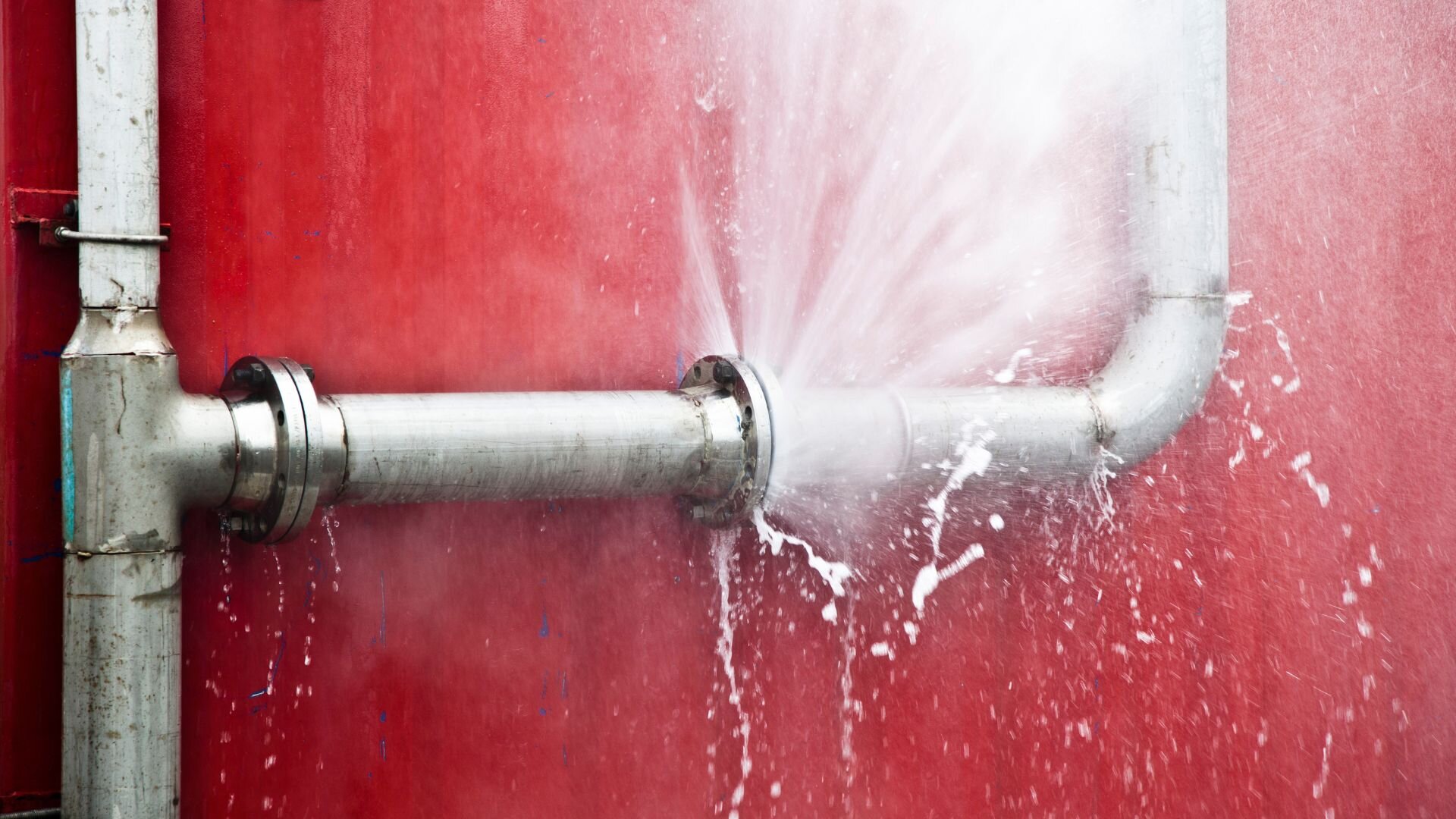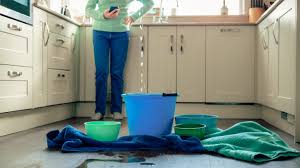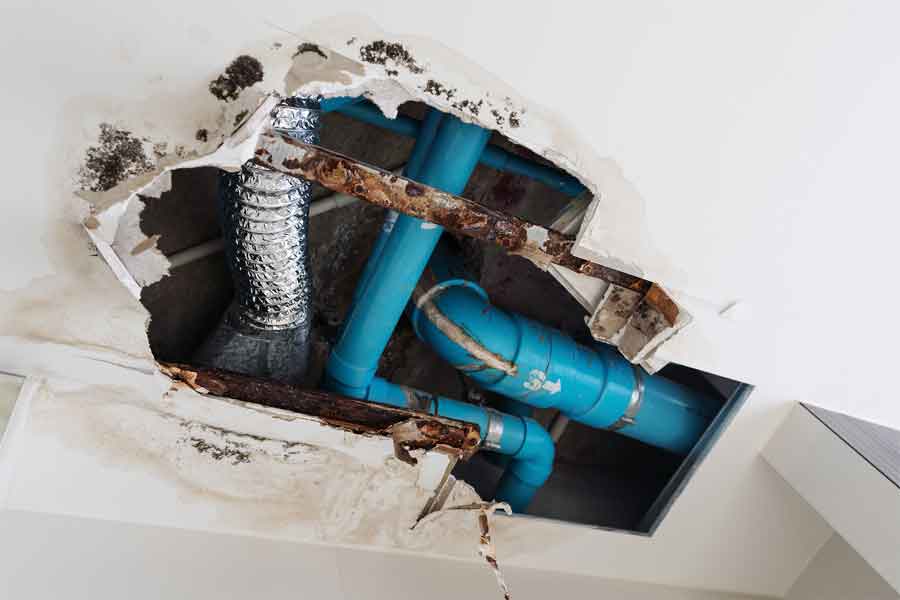Plumbing is one of the most essential functions in any household. This system is responsible for transporting water, which is the lifeblood of your home, and a necessary component for any well-maintained household. However, oftentimes this critical component of your home is overlooked because the network of pipes is typically hidden behind your walls, ceilings, and floors. While it is natural to have the pipes within your home hidden from view, it comes with the serious risk of being neglected by homeowners, which may ultimately lead to costly water damage.
Plumbing is one of the most essential functions in any household. This system is responsible for transporting water, which is the lifeblood of your home, and a necessary component for any well-maintained household. However, oftentimes this critical component of your home is overlooked because the network of pipes is typically hidden behind your walls, ceilings, and floors. While it is natural to have the pipes within your home hidden from view, it comes with the serious risk of being neglected by homeowners, which may ultimately lead to costly water damage.
Potential dangers from water damage are not just limited to the pipes within your home, but also the external structures such as gutters, downspouts, and roofs. It is important to monitor and maintain this external framework of your home to prevent water damage caused by various weather elements.
Although all of these scenarios may sound like a homeowner’s worst nightmare, there are simple steps that should be followed reducing the likelihood of water damage becoming a reality in your home.

Water Damage Prevention Tips
Here are a few simple preventative measures that homeowners should follow to provide clues to potential water issues or even stop a water emergency in progress.
- Locate your main water shut-off valve – It is frightening to know that many homeowners don’t know where the main water shut-off valve is located within their house. The most common locations are in a basement, crawlspace, utility room, laundry room, or close to your water heater. And not only is it important to know where it is, but also how to turn it off. If you are aware of where the valve is and how to shut it off, this will stop a catastrophe in its tracks if water is gushing from a burst pipe.
- Visually inspect walls or ceilings – A periodic visual scan of your ceilings and walls goes a long way in recognizing a potential water issue. If your ceiling is free from any marks one day but you notice a water stain appear the next day, ‘Houston we have a problem’. Water stains developing on your ceilings or walls are a clear indication that a leak is occurring somewhere and needs to be addressed.
- Check under sinks – Spending a minute to look under your bathroom or kitchen sinks is one of the simpler ways to discover a potential leak. If you find the cabinets under the sink are wet or may be giving off a musty smell, you most likely have discovered a leak. If a leak is not clearly evident, the recommendation is to feel around the pipes with your hands to make sure there is no transfer of moisture to your fingertips.
- Inspect appliances – Any appliance within your house that uses water to function should be inspected. This includes your clothes washer, dishwasher, and water heater. A simple look around the appliance to make sure there is no water pooling on the floor is a good start. Next, check the hoses and connections if they are visible to see if there are any potential leaks.
- Clean your gutters – Cleaning your gutters from debris and leaves helps prevent clogs and water damage. Depending on where you live, the frequency of cleaning your gutters will differ. For those homes that are surrounded by trees that shed their leaves during the Fall months, you should have your gutters cleaned late in the season after most of the leaves have fallen.
- Use your nose – If you have a basement or crawlspace that smells damp or musty, there is a good chance water may be lurking in the area.
- Prepare for the cold – For any homeowners living in colder climates, it is recommended to insulate your pipes to prevent freezing. This includes pipes that are located in garages that are exposed to colder conditions. It is also critical to shut off the water supply that may lead to an outside spigot to prevent the pipes from freezing.
- Check your water bill – This is one of the most underrated ways to determine if a leak is occurring somewhere within your household. If you are not aware of any significant changes in your water usage and your bill is steadily increasing each month, this may be a sign of a hidden leak.

How to Handle Water Damage
Even with all these preventative measures followed, there are times when water damage may still occur. The question then becomes what do you do if this happens? Your response will vary depending on the level of damage that has occurred. Here are some common steps to follow when faced with water damage to your home.
- Shut off your water – If a substantial leak is in progress, it is best to shut off the main water valve to help prevent any further damage.
- Call a professional – Reach out to a licensed plumber to assess the situation, diagnose the problem, and create a plan to repair the issue.
- Take pictures – If you see visible water damage to your home, take pictures in preparation for filing an insurance claim.
- Call your insurance company – Reach out to your home insurance company to file a claim for reimbursement of any damages caused to your home or personal belongings.
- Open windows and doors – Circulating the air within your home is important to help prevent any wet areas from mold growth.
- Remove standing water – If there is a significant leak leading to standing water in your home, use mops, buckets, or a wet/dry vacuum to remove as much water as possible.
- Turn off electricity – If safe to do so, shut off the electricity to the water-damaged areas.
Water damage is a scary proposition to think about for most homeowners. It is intimidating to imagine the many ways water can infiltrate your home and cause damage to your property or even spark safety concerns. However, by raising your awareness factor, performing routine inspections, and reacting swiftly to any water-related problems within your household, you can have peace of mind knowing that you are doing everything possible to protect your most valuable asset.











